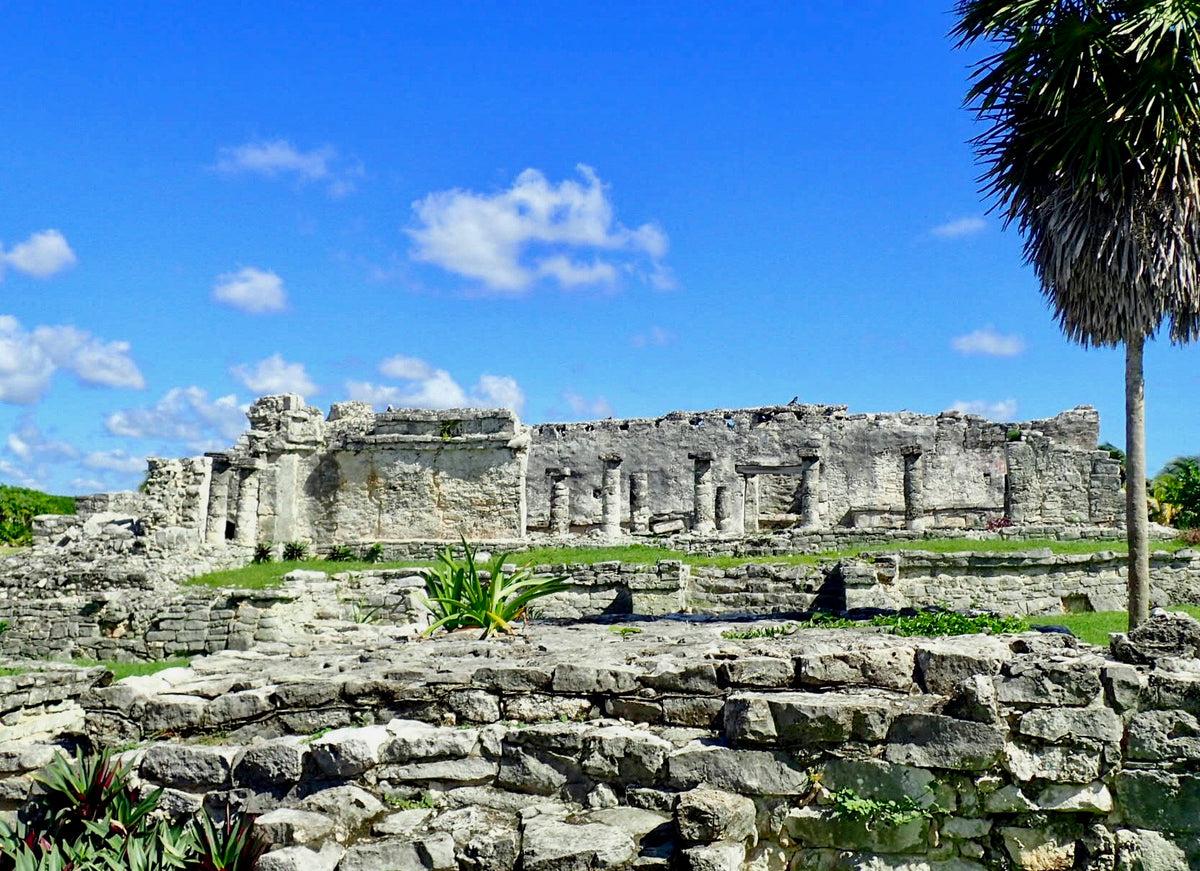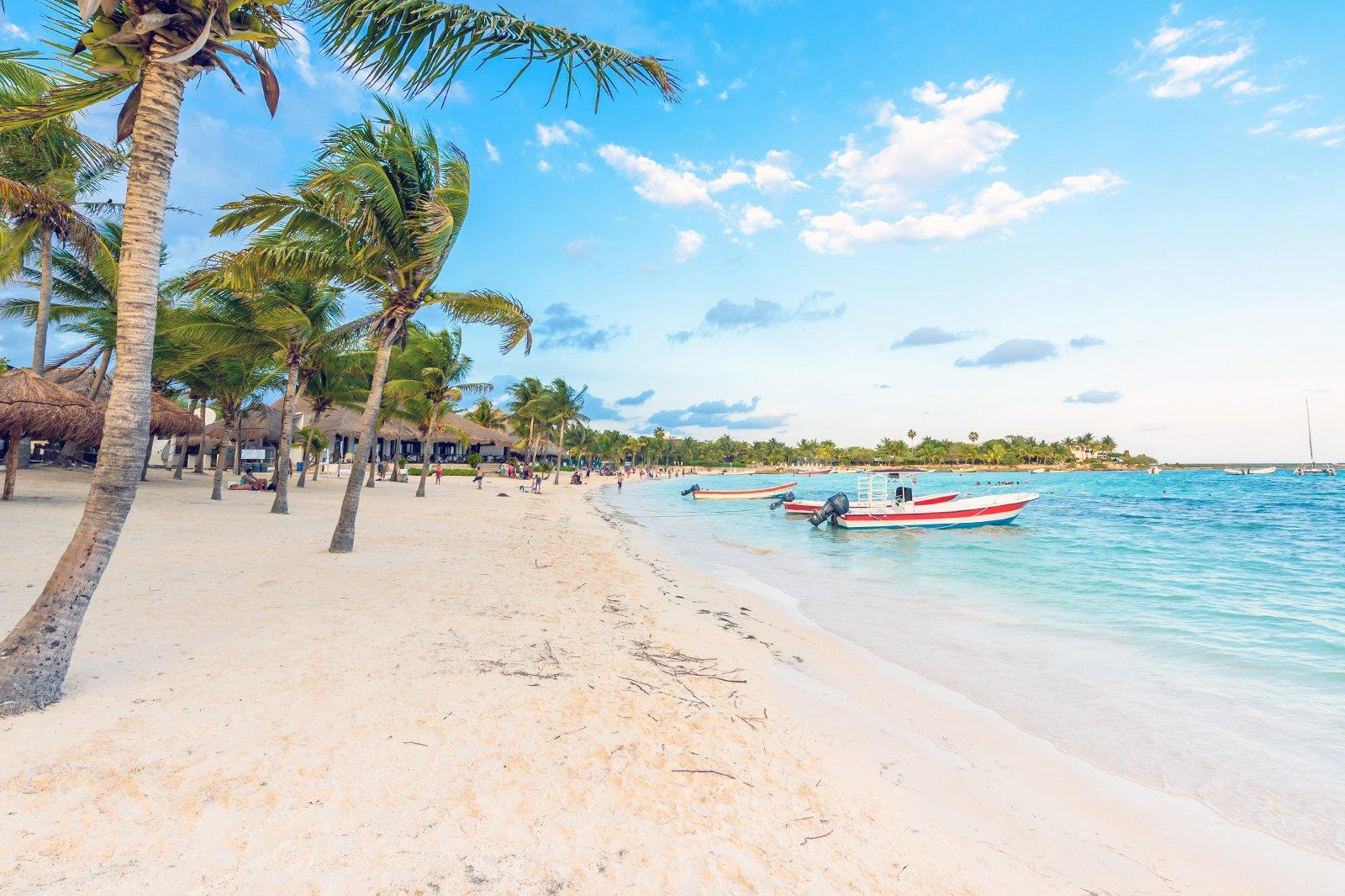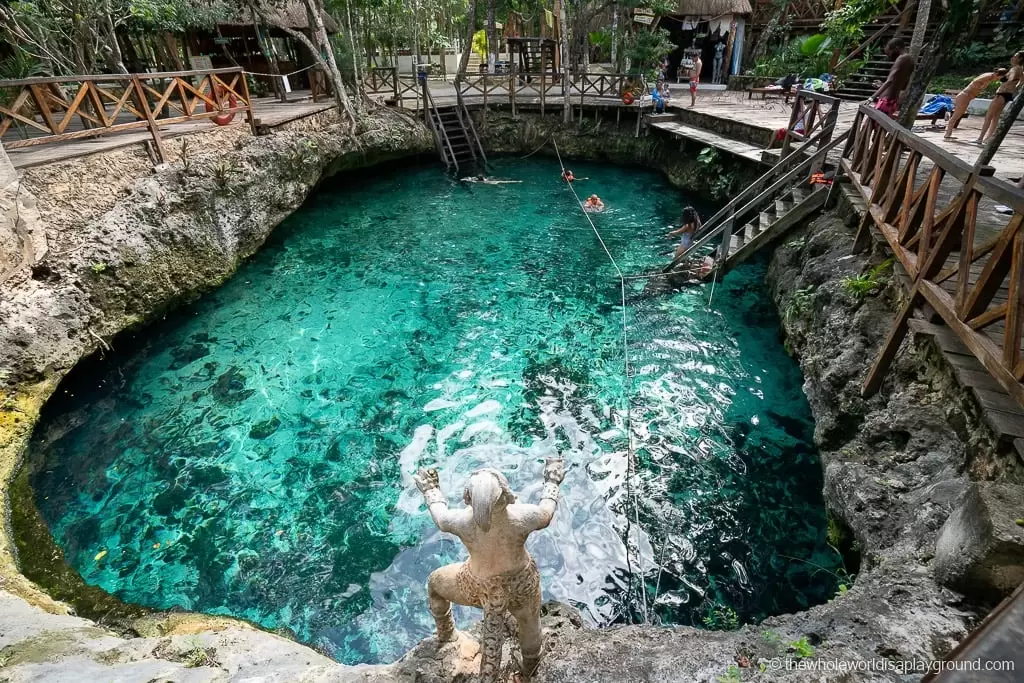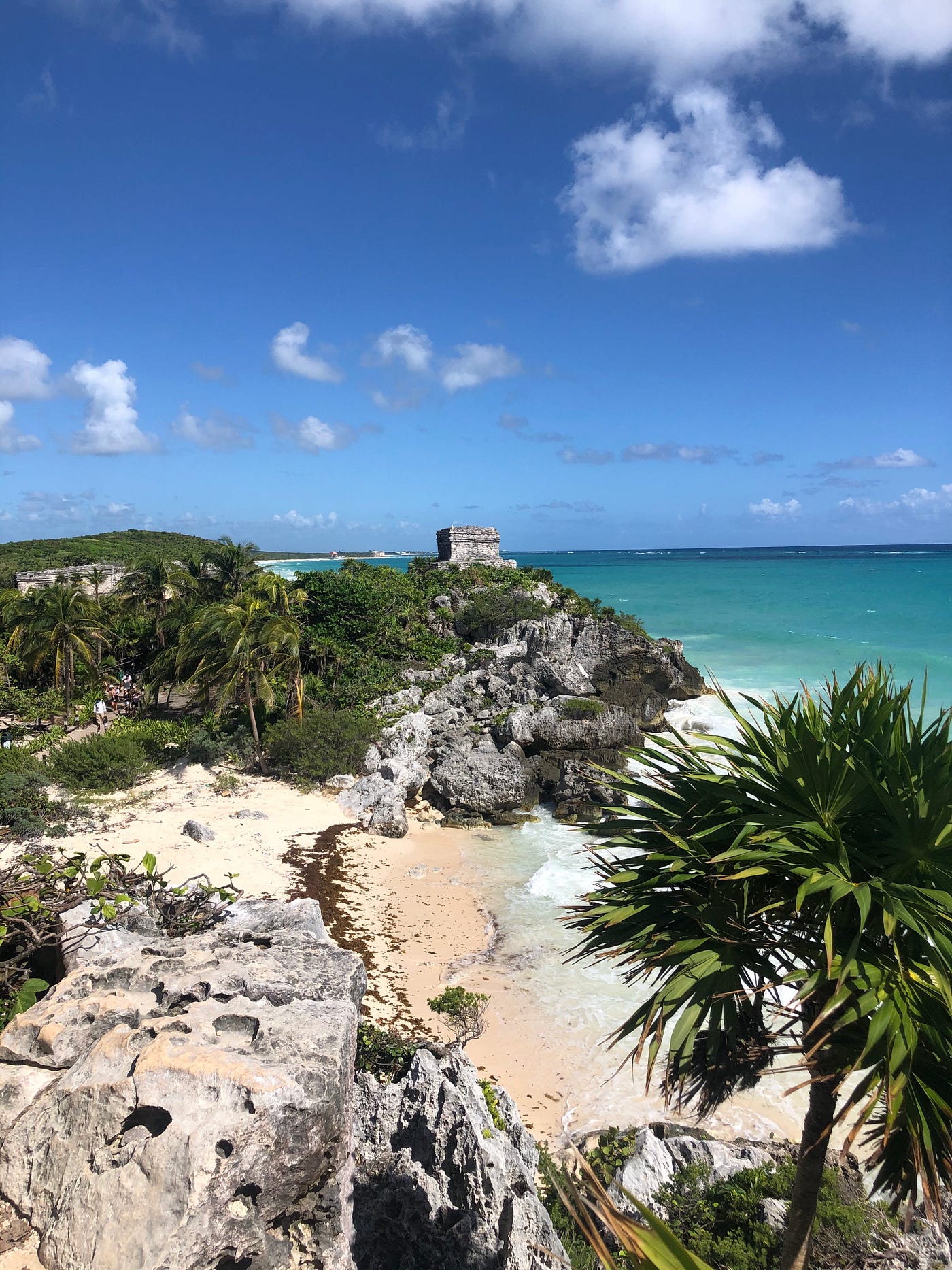POPULATION
46.721
CURRENCY
MEXICAN PESO
TIMEZONE
GMT -5:00
LANGUAGE
SPANISH
WEATHER
JULY 28ºC /
JANUARY 24ºC
AIRPORTS
Felipe Carrillo Puerto International Airport
HISTORICAL IMPORTANCE OF TULUM

ENERGY VORTEX
Tulum is renowned not only for its breathtaking coastal views and ancient Mayan ruins but also for its reputation as an energy vortex in spiritual circles. Many visitors to Tulum report experiencing a profound sense of peace, spiritual awakening, or heightened energy levels when exploring its historical sites and pristine beaches. Believed to be a center of natural energy, Tulum's scenic beauty and ancient ruins, such as El Castillo and the Temple of the Frescoes, contribute to its mystical allure. While these experiences are subjective and not scientifically proven, they add an intriguing layer to the cultural and spiritual appeal of this historic Mayan city.
THE BEST TIME TO VISIT TULUM
The best time to visit Tulum is during the dry season, which spans from November to April. During this period, the weather is generally warm and sunny with low humidity, making it ideal for exploring the ancient Mayan ruins, relaxing on the beautiful beaches, and enjoying water activities such as snorkeling and diving in the clear Caribbean waters. The peak tourist season in Tulum typically coincides with the dry season, so visitors can expect vibrant nightlife, lively restaurants, and a bustling atmosphere. For those seeking a quieter experience, visiting in the shoulder seasons of late April to May or October can offer pleasant weather and fewer crowds. However, it's important to note that hurricane season spans from June to November, with higher chances of rain and storms, so travelers should monitor weather forecasts and consider travel insurance if planning a visit during this period.
TRANSPORTATION TO TULUM
Getting to Tulum is relatively straightforward, primarily accessed via the Cancún International Airport (CUN), which is approximately 130 kilometers (about 80 miles) north of Tulum. From Cancún airport, travelers can opt for various transportation options including rental cars, private transfers, or shuttle services, all of which provide direct routes to Tulum. The journey takes approximately 1.5 to 2 hours by road, depending on traffic conditions. Alternatively, buses operated by ADO connect Cancún and Tulum with regular services throughout the day, offering a cost-effective and convenient option for travelers. Once in Tulum, rental cars and bicycles are popular for exploring the town, nearby attractions, and the beautiful coastline at your own pace.
MAYAN RUINS
The Mayan ruins in Tulum are a fascinating archaeological site located along the eastern coast of the Yucatán Peninsula in Mexico. Perched on cliffs overlooking the Caribbean Sea, Tulum was a major Mayan city and trading port during the late Postclassic period (AD 1200-1521). The ruins include well-preserved structures such as El Castillo, a ceremonial pyramid that served as a lighthouse to guide Mayan seafarers, and the Temple of the Frescoes, adorned with intricate murals depicting Mayan deities and cosmology. Tulum's strategic coastal location and defensive walls reflect its importance in maritime trade and as a ceremonial center. Today, visitors can explore these ancient ruins amidst stunning ocean views, gaining insights into Mayan history, architecture, and spiritual practices.
THINGS TO DO AND PLACES TO VISIT




WHAT TO EAT IN TULUM
:max_bytes(150000):strip_icc()/FAW-recipes-classic-ceviche-hero-5d7fb52b2fa447a2a2d462e3146d1732.jpg)
CEVICHE
Ceviche is a popular Latin American dish known for its fresh and tangy flavors. It typically consists of raw seafood, such as fish or shrimp, marinated in citrus juices, primarily lime or lemon, which effectively "cooks" the seafood by denaturing the proteins. The dish is often enhanced with ingredients like onions, cilantro, salt, pepper, and sometimes chili peppers, offering a balance of bright acidity and savory notes. Ceviche is served chilled, making it a refreshing choice, especially in coastal regions where seafood is abundant. It is commonly enjoyed as an appetizer or light meal, accompanied by tortilla chips, plantain chips, or toasted corn kernels, showcasing the culinary richness and freshness of Latin American cuisine.

MOLE
Mole (pronounced mo-leh) is a traditional Mexican sauce known for its complex flavors and rich history. It is characterized by its deep, dark color and can vary significantly in ingredients and preparation methods depending on the region. The base of mole typically includes a variety of chili peppers, such as ancho, pasilla, and mulato, which are combined with spices like cinnamon, cumin, cloves, and sesame seeds. Other common ingredients may include chocolate (usually dark), tomatoes, garlic, onions, and nuts (such as almonds or peanuts). Mole is simmered for hours to develop its flavors and achieve a thick, velvety texture. It can be served over poultry, such as chicken or turkey, or used as a sauce for enchiladas, tamales, or other traditional Mexican dishes. Mole is celebrated for its depth of flavor, blending savory, spicy, and slightly sweet elements into a unique and satisfying culinary experience that represents the diversity and richness of Mexican cuisine.

FRESH TROPICAL FRUITS
Tulum, nestled along Mexico's Caribbean coast, boasts a bounty of tropical fruits that thrive in its sunny, humid climate. Visitors can indulge in an array of fresh, flavorful fruits such as juicy mangoes, sweet papayas, and refreshing pineapples, often available at local markets and street stalls. Coconuts provide thirst-quenching coconut water straight from the source, while dragon fruit dazzles with its vibrant hues and subtle sweetness. Bananas and guavas add their own tropical flair, whether eaten fresh, blended into smoothies, or incorporated into local dishes and desserts. These fruits not only offer a taste of Tulum's natural abundance but also enhance the culinary experience with their vibrant colors and flavors, reflecting the region's rich agricultural heritage.
HOW MANY DAYS SHOULD YOU SPEND IN TULUM?
For a fulfilling experience in Tulum, plan to spend about 3 to 5 days exploring this coastal gem. Start by visiting the ancient Mayan ruins perched atop cliffs overlooking the Caribbean Sea, offering insights into the region's rich history. Enjoy leisurely days lounging on Tulum's pristine beaches, known for their soft sand and turquoise waters, perfect for swimming and snorkeling. Discover nearby cenotes for a refreshing dip in natural pools or venture into the town for a taste of local cuisine, from street tacos to gourmet seafood dishes. Don't miss opportunities for relaxation and wellness with yoga sessions, spa treatments, and eco-friendly accommodations nestled in lush tropical settings. Whether you're seeking cultural immersion, outdoor adventure, or simply unwinding by the sea, Tulum offers a balanced blend of activities and natural beauty to make your stay memorable.

